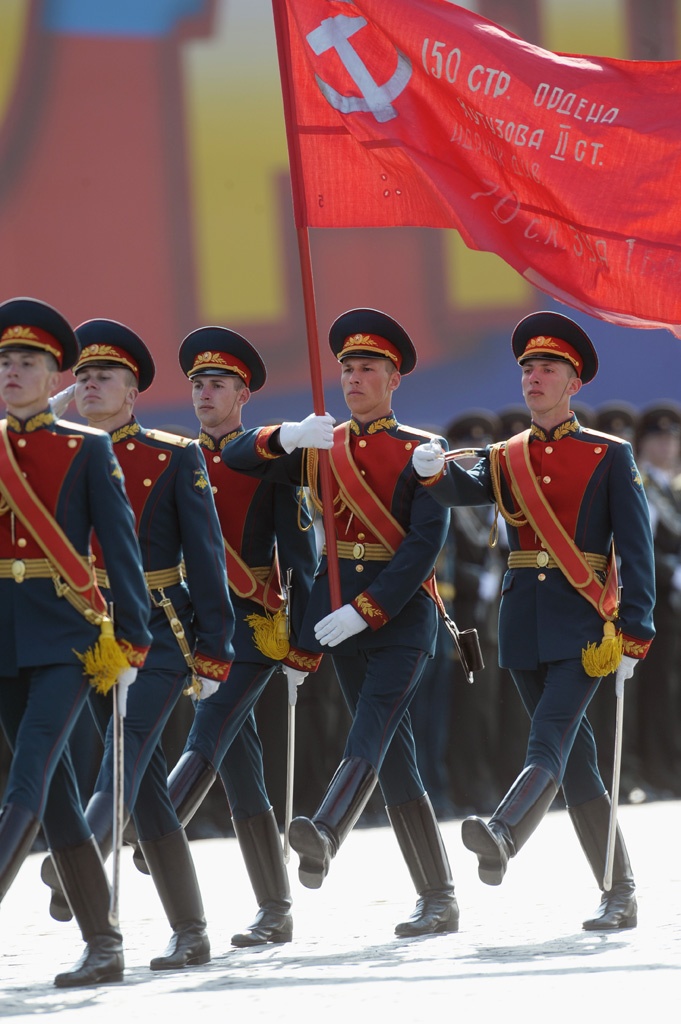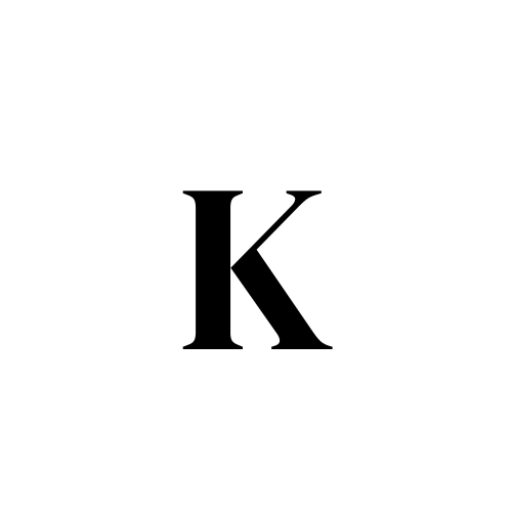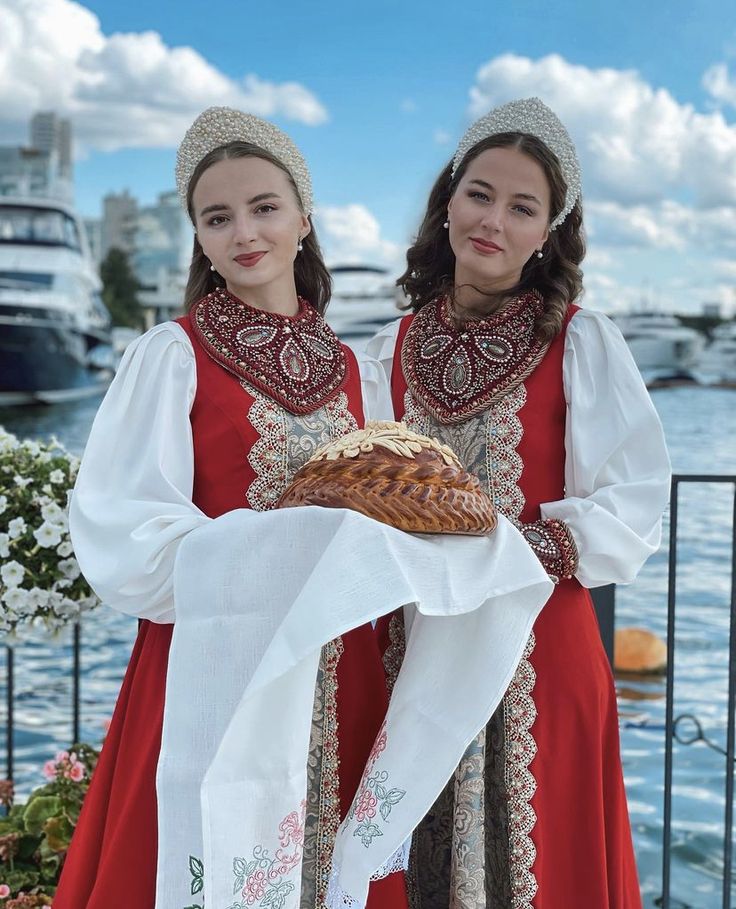Introduction

The Soviet Union, a federation of socialist-communist states, existed from 1922 to 1992. In this article, we will explore the Soviet Union’s legacy in the modern world, from its founding to its collapse, and its impact on global geopolitics.
The founding of the Soviet Union

October Revolution of 1917
The October Revolution of 1917 was a major turning point in the history of the Soviet Union. The Bolsheviks led by Vladimir Lenin overthrew the Russian Provisional Government and established the Russian Soviet Republic. On December 30, 1922, the Soviet Union was officially founded with its initial members being the Russian SFSR, the Ukrainian SSR, the Byelorussian SSR, and the Transcaucasian SFSR.
Vladimir Lenin’s Leadership
Vladimir Lenin became the first leader of the Soviet Union. He established a communist state and formed the Comintern to spread the ideology of communism throughout the world. During his leadership, Lenin also implemented the New Economic Policy (NEP) which gave freedom to farmers to sell additional products in the open market.
The Era of Joseph Stalin’s Leadership
Mass Industrialization
After Lenin’s death, Joseph Stalin took power. Stalin focused on mass industrialization and collectivization of agriculture. The Five-Year Plans launched by Stalin sparked a major transformation in the economic structure of the Soviet Union. Large industries such as Magnitogorsk and Kuznetsk were built, increasing steel and coal production.
Totalitarian Politics
Stalin was also known for his strong totalitarian politics. He abolished the NEP system and directed the Soviet Union towards a highly centralized planned economy model. The Great Purge carried out by Stalin resulted in the deaths of millions of people, with many being executed in the gulags.
World War II and the Post-War Period

World War II
The Soviet Union played an active role in World War II, especially in the “Great Patriotic War” against Nazi Germany. The Soviet Union’s presence in this war was very influential, especially in storming Berlin and ending Nazi domination in Europe.
Post-War Period
After the war, the Soviet Union became one of the world’s new superpowers. They dominated the Eastern Bloc through the Warsaw Pact and played an active role in the Cold War against the United States. The Soviet Union was also involved in various regional conflicts, such as Korea and Vietnam.
The collapse of the Soviet Union

Economic and Political Crisis
In the 1980s, the Soviet Union experienced a severe economic and political crisis. The Glasnost and Perestroika reforms launched by Mikhail Gorbachev failed to clean up the internal turmoil. The growing demand for democracy and independence in the Soviet republics eventually triggered the collapse of the communist system.
Dissolution of the Soviet Union
In 1991, the Soviet Union was officially dissolved. The republics that had formed the Soviet Union became independent countries. The transition to democracy and capitalism in each of these countries was difficult and ongoing.
Conclusion
The Soviet Union’s footprint on the modern world is significant. From its founding as a powerful communist state to its collapse due to internal crises, the Soviet Union has left a complex geopolitical and economic legacy. By understanding the history of the Soviet Union, we can better understand the international dynamics and major changes in modern history.
FAQ (Frequently Asked Questions)
When was the Soviet Union founded?
The Soviet Union was founded on December 30, 1922.
Who was the first leader of the Soviet Union?
Vladimir Lenin was the first leader of the Soviet Union.
What was Stalin’s main economic program?
The Five-Year Plan was Stalin’s main economic program to improve industry and agriculture.
What was the name of the organization formed by Lenin to spread the ideology of communism?
The organization was called the Comintern.
When did the Soviet Union collapse?
The Soviet Union collapsed in 1991.
Thus, we have clearly seen the Soviet Union’s footprint in modern history—a period filled with drastic changes and protracted geopolitical conflicts.Citations:
[1] https://www.gramedia.com/literasi/sejarah-uni-soviet/
[2] https://id.wikipedia.org/wiki/Sejarah_Uni_Soviet_(1927-1953)
[3] https://www.sampoernaacademy.sch.id/news/negara-pecahan-uni-soviet
[4] https://id.wikipedia.org/wiki/Uni_Soviet
[5] https://p2k.stekom.ac.id/ensiklopedia/Uni_Soviet
[6] https://tirto.id/sejarah-awal-berdirinya-uni-soviet-latar-belakang-negara-anggota-gvH6
[7] https://kumparan.com/berita-terkini/sejarah-uni-soviet-proses-terbentuknya-hingga-keruntuhannya-1z5rDQEqfX2


